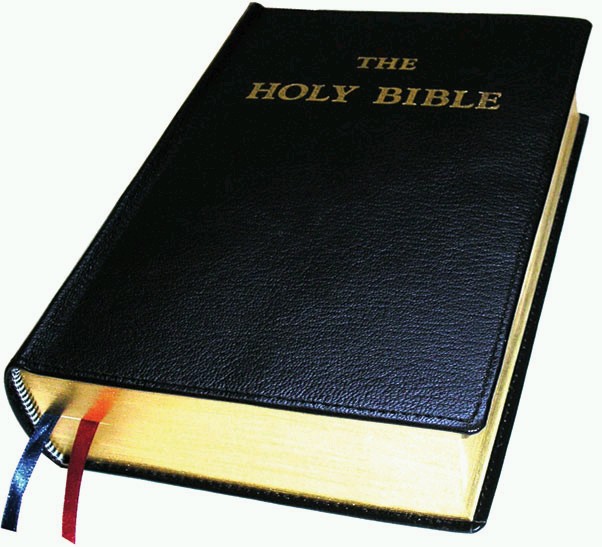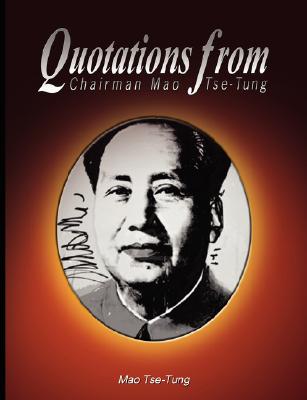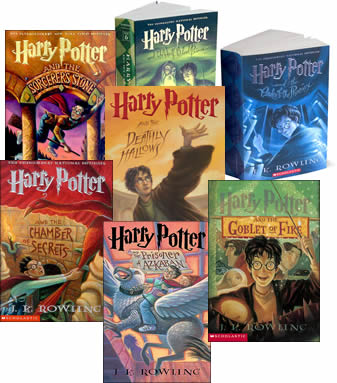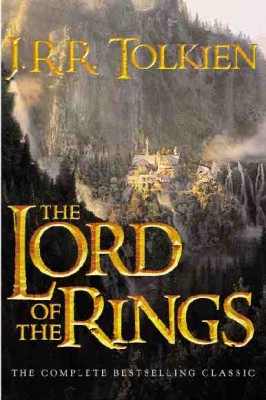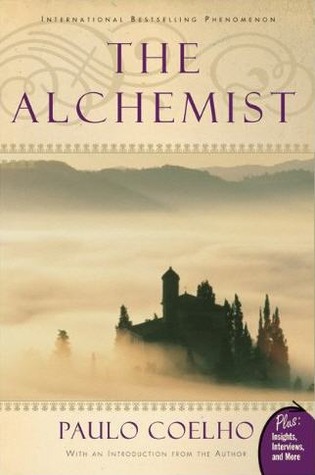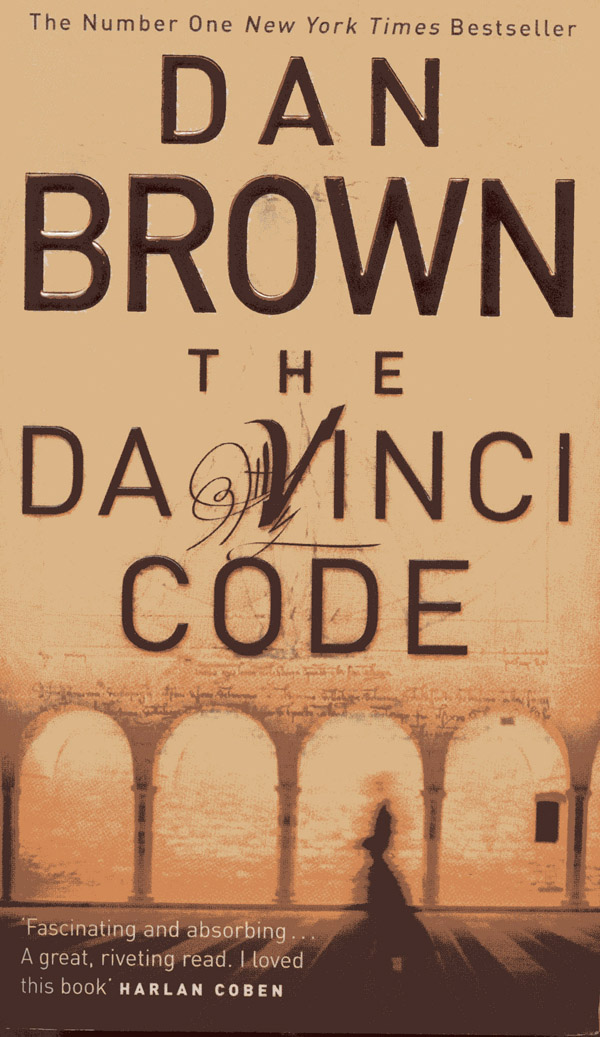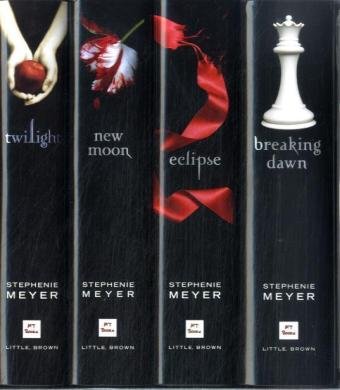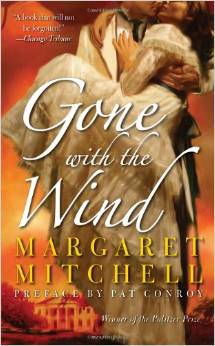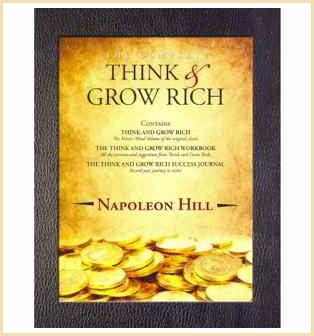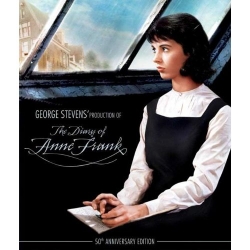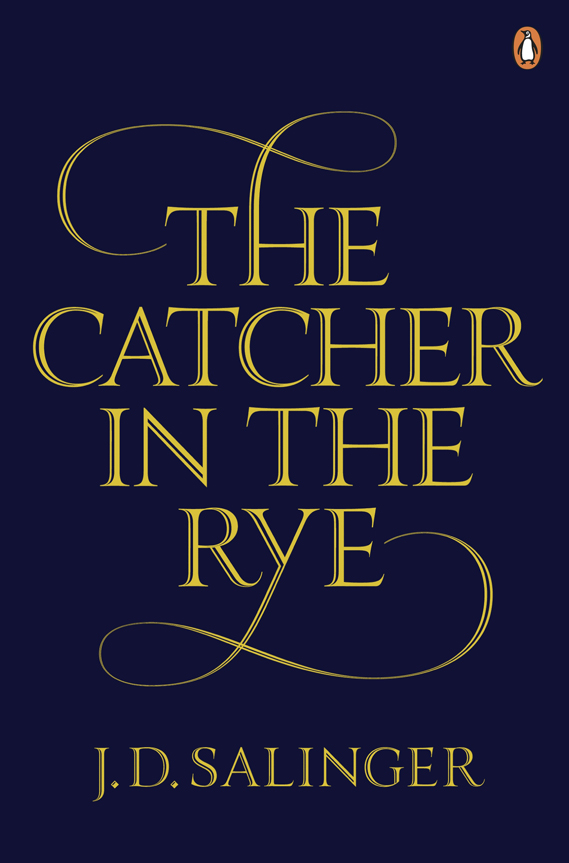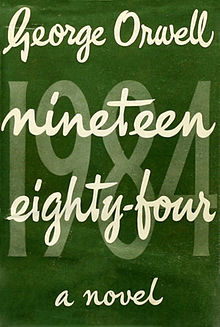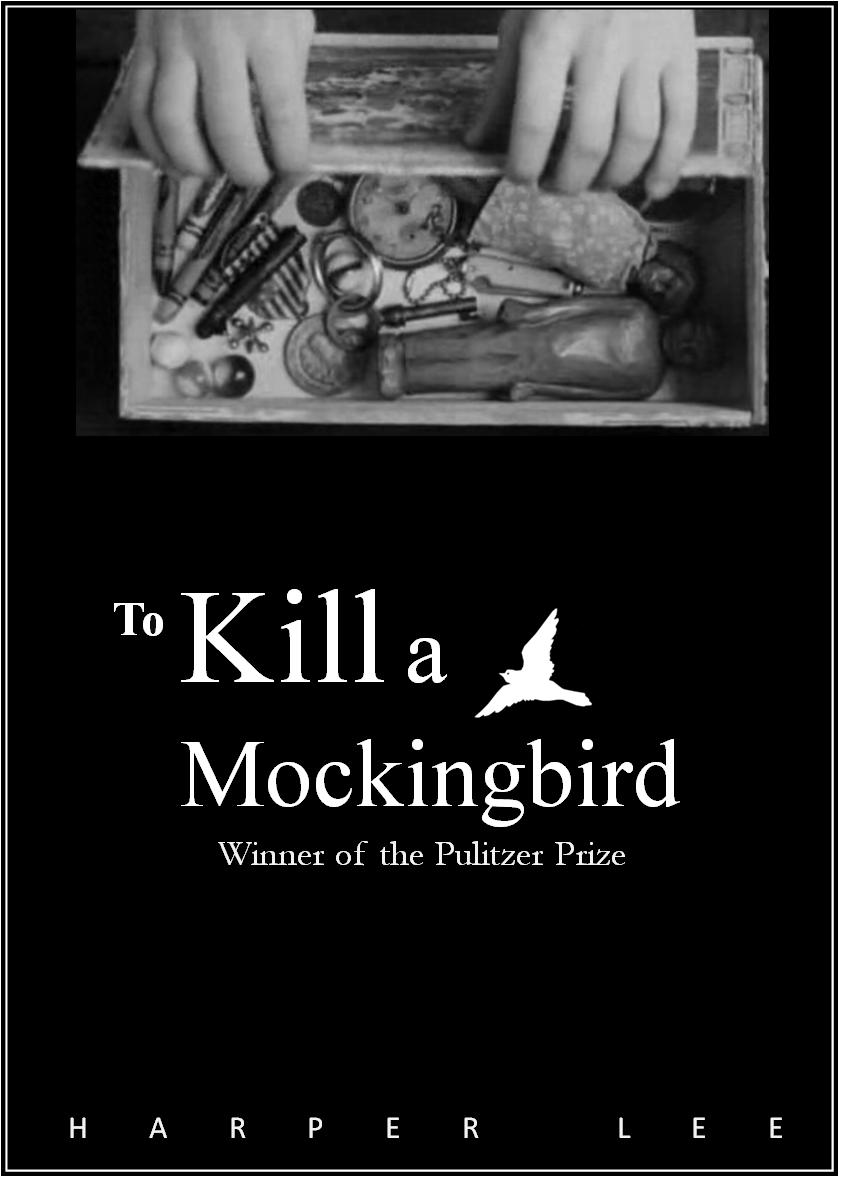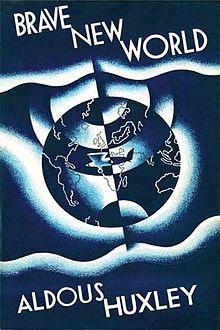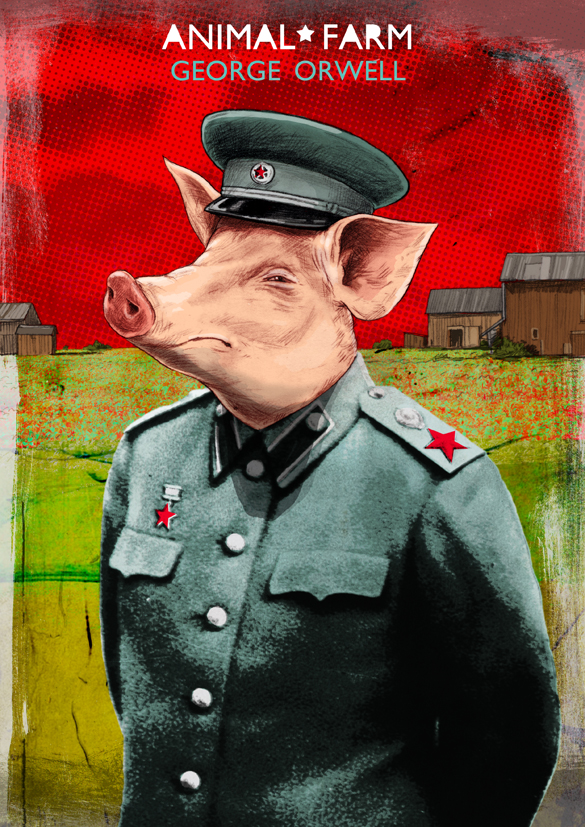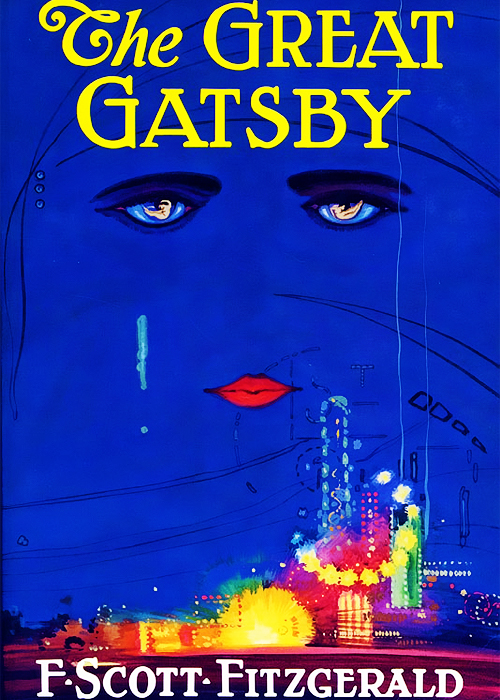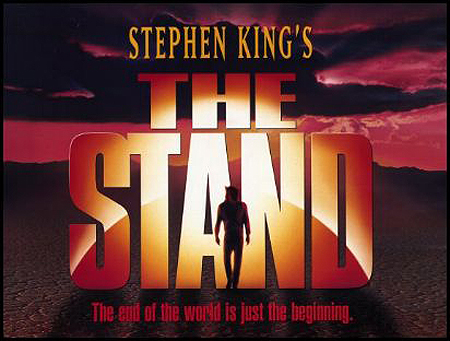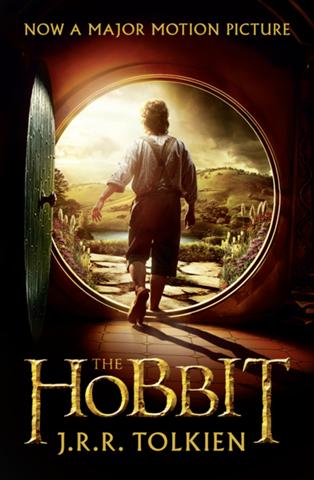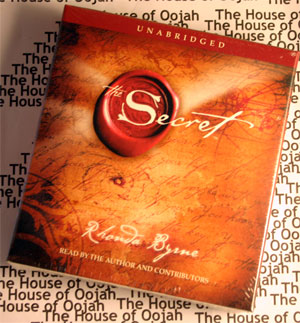20 Bestselling Books in the World
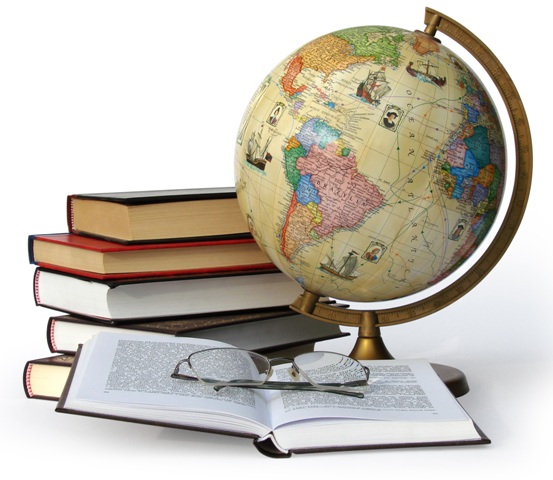
Books are the friends we can take any where because they fit in every where. The keep us company on that long trip, give you that relaxing feeling you need just before you fall asleep and the kill time in the most productive way possible. The list below is made up the most read books in the world. For a book worm, the list will be very helpful in finding your next read. Some tell the greatest stories and have been read through generations yet they still have not been phased out. No need to find it on google it because we’ve got it all here. Enjoy!!
1. The Holy Bible
The Bible is a book that Christians believe to be the true Word of God. From the creation account of Genesis to the end-time visions of Revelation, from the story of Israel to Jesus’ ministry, it is the source for what Christians believe and how they try to live. The word Bible comes from the Greek word biblia, which means “books” which comes from another word, meaning papyrus, a material books were made from in ancient times. The ancient Greeks obtained their supplies of paper from the port of Byblos, in what is now Lebanon. Their word for book—biblion (the singular form of biblia)—was derived from the name of this port, and from this we get our English word Bible, meaning the Book of books. Written over the course of a thousand years, primarily in ancient Hebrew, the Jewish Bible is the equivalent of Christian¬ity’s Old Testament. For Jews there is no New Testament.
2. Quotations from Chairman Mao Tse-tung
Quotations From Chairman Mao Tse-tung was originally compiled by an office of the PLA Daily (People’s Liberation Army Daily) as an inspirational political and military document. The initial publication covered 23 topics with 200 selected quotations by the Chairman of the Chinese Communist Party, and was entitled 200 Quotations from Chairman Mao. Mao-Zedong was the leader of China’s Communist Revolution. He was a man of many faces; soldier, military strategist, politician, revolutionary, poet, fugitive, and leader. This book is a collection of quotes collected from his speeches, writings, and interviews over many decades. The book can be read in two ways, the first being the exhortations of the ideal, and secondly as a justification for what was actually done. Mao seems to encourage the analysis as the basis for revolutionary improvement but the record reveals that his rule was as an iron dictator. The book is important for understanding the Chinese world view as we enter dubiously into the 21st Century.
3. Harry Potter
Harry Potter is a series of seven epic fantasy novels written by the British author J. K. Rowling. The series, named after the titular character, follows the adventures of a young wizard, Harry Potter, and his friends Ronald Weasley and Hermione Granger, all of whom are students at Hogwarts School of Witchcraft and Wizardry. The main concerns Harry’s quest to overcome the Dark wizard Lord Voldemort, who aims to become immortal, conquer the wizarding world, subjugate non-magical people, and destroy all those who stand in his way, especially Harry Potter. Since the release of the first novel, Harry Potter and the Philosopher’s Stone, on 30 June 1997, the books have gained great popularity, critical acclaim, and commercial success worldwide.
As of July 2013, the books had sold between 400 and 450 million copies, making them one of the best-selling book series in history, and had been translated into 73 languages. The last four books set records as the fastest-selling books in history, with the final instalment selling approximately 11 million copies in the United States within the first twenty-four hours of its release.
4. The Lord of the Rings
The Lord of the Rings is an epic high fantasy novel written by J. R. R. Tolkien. The story began as a sequel to Tolkien’s 1937 fantasy novel The Hobbit, but eventually developed into a much larger work. It was written in stages between 1937 and 1949, much of it during World War II. It is one of the best-selling novels ever written, with over 150 million copies sold. The title of the novel refers to the story’s main antagonist, the Dark Lord Sauron, who had in an earlier age created the One Ring to rule the other Rings of Power as the ultimate weapon in his campaign to conquer and rule all of Middle-earth. From quiet beginnings in the Shire, a hobbit land not unlike the English countryside, the story ranges across northwest Middle-earth, following the course of the War of the Ring through the eyes of its characters, the hobbits Frodo Baggins, Samwise “Sam” Gamgee, Meriadoc “Merry” Brandybuck and Peregrin “Pippin” Took, but also the hobbits’ chief allies and travelling companions: the Men Aragorn, a Ranger of the North and Boromir, a Captain of Gondor; Gimli, a Dwarf warrior; Legolas, an Elven prince; and Gandalf, a Wizard.
5. The Alchemist
The Alchemist is a novel by Paulo Coelho first published in the year 1988. Originally written in Portuguese by its Brazilian-born author, it has been translated into at least 56 languages as of September 2012. Being an allegorical novel, The Alchemist follows a young Andalusian shepherd named Santiago in his journey to Egypt, after having a recurring dream of finding treasure there. The book is an international bestseller. It has sold more than 65 million copies in 56 different languages, becoming one of the best-selling books in history and setting the Guinness World Record for most translated book by a living author.
6. The Da Vinci Code
The Da Vinci Code is a 2003 mystery-detective novel written by Dan Brown. It follows symbologist Robert Langdon and cryptologist Sophie Neveu as they investigate a murder in Paris’s Louvre Museum and discover a battle between the Priory of Sion and Opus Dei over the possibility of Jesus having been married to Mary Magdalene. The title of the novel refers to, among other things, the fact that the murder victim is found in the Grand Gallery of the Louvre, naked and posed like Leonardo da Vinci’s famous drawing, the Vitruvian Man, with a cryptic message written beside his body and a pentagram drawn on his chest in his own blood. The novel explores alternative religious history, the central plot point of which is that the Merovingian kings of France were descended from the bloodline of Jesus Christ and Mary Magdalene, ideas derived from Clive Prince’s The Templar Revelation and books by Margaret Starbird. The book also refers to The Holy Blood and the Holy Grail though Dan Brown has stated that it was not used as research material.
7. The Twilight Saga
Twilight is a series of four vampire-themed fantasy romance novels by Stephenie Meyer. It charts a period in the life of Isabella “Bella” Swan, a teenage girl who moves to Forks, Washington, and falls in love with a 104-year-old vampire named Edward Cullen. The series is told primarily from Bella’s point of view, with the epilogue of Eclipse and Part II of Breaking Dawn being told from the viewpoint of character Jacob Black, a werewolf.
Since the release of the first novel, Twilight, in 2005, the books have gained huge popularity and commercial success around the world. The series is most popular among young adults; the four books have won multiple awards, most notably the 2008 British Book Award for “Children’s Book of the Year” for Breaking Dawn, while the series as a whole won the 2009 Kids’ Choice Award for Favorite Book.
As of November 2011, the series has sold over 120 million copies worldwide with translations into at least 38 different languages around the globe. The four Twilight books have consecutively set records as the biggest selling novels of 2008.
8. Gone with the Wind
Gone with the Wind is a novel written by Margaret Mitchell, first published in 1936. The story is set in Clayton County, Georgia, and Atlanta during the American Civil War and Reconstruction era. It depicts the experiences of Scarlett O’Hara, the spoiled daughter of a well-to-do plantation owner, who must use every means at her disposal to come out of the poverty she finds herself in after Sherman’s March to the Sea. A historical novel, the story is a Bildungsroman or coming-of-age story, with the title taken from a poem written by Ernest Dowson.
Gone with the Wind was popular with American readers from the onset and was the top American fiction bestseller in the year it was published and in 1937. As of 2014, a Harris poll found it to be the second favourite book by American readers, just behind the Bible. More than 30 million copies have been printed worldwide.
Written from the perspective of the slaveholder, Gone with the Wind is Southern plantation fiction. Its portrayal of slavery and African Americans is controversial, as well as its use of a racial epithet and ethnic slurs. However, the novel has become a reference point for subsequent writers about the South, both black and white. Scholars at American universities refer to it in their writings, interpret and study it. The novel has been absorbed into American popular culture.
9. Think and Grow Rich
Think and Grow Rich is a 1937 motivational personal development and self-help book by Napoleon Hill inspired by a suggestion from Scottish-American businessman Andrew Carnegie. While the title implies that this book deals with how to get rich, the author explains that the philosophy taught in the book can be used to help people succeed in all lines of work and to do or be almost anything they want.
At the time of Hill’s death in 1970, Think and Grow Rich had sold more than 20 million copies and by 2011 over 70 million copies had been sold worldwide. It remains the biggest seller of Napoleon Hill’s books. BusinessWeek Magazine’s Best-Seller List ranked it the sixth best-selling paperback business book 70 years after it was published.
10. The Diary of Anne Frank
The Diary of a Young Girl is a book of the writings from the Dutch language diary kept by Anne Frank while she was in hiding for two years with her family during the Nazi occupation of the Netherlands. The family was apprehended in 1944, and Anne Frank died of typhus in the Bergen-Belsen concentration camp. The diary has since been published in more than 60 different languages.
First published under the title Het Achterhuis. Dagboekbrieven the diary received widespread critical and popular attention on the appearance of its English language translation Anne Frank: The Diary of a Young Girl by Doubleday & Company (United States) and Valentine Mitchell (United Kingdom) in 1952. Its popularity inspired the 1955 play The Diary of Anne Frank by the screenwriters Frances Goodrich and Albert Hackett, which they adapted for the screen for the 1959 movie version.
11. The Catcher in the Rye
The Catcher in the Rye is a novel by J. D. Salinger. Originally published for adults, it has since become popular with adolescent readers for its themes of teenage angst and alienation. It has been translated into almost all of the world’s major languages. Around 250,000 copies are sold each year with total sales of more than 65 million books. The novel’s protagonist, Holden Caulfield has become an icon for teenage rebellion.
The Catcher in the Rye is written in a subjective style from the point of view of its protagonist Holden Caulfield, following his exact thought processes. There is flow in the seemingly disjointed ideas and episodes; for example, as Holden sits in a chair in his dorm, minor events, such as picking up a book or looking at a table, unfold into discussions about experiences.
12. Nineteen Eighty-Four
Nineteen Eighty-Four, sometimes published as 1984, is a dystopian novel by George Orwell published in 1949. The novel is set in Airstrip One (formerly known as Great Britain), a province of the super state Oceania in a world of perpetual war, omnipresent government surveillance, and public manipulation, dictated by a political system euphemistically named English Socialism under the control of a privileged Inner Party elite that persecutes all individualism and independent thinking as “thought crimes”. The tyranny is made stronger by Big Brother, the quasi-divine Party leader who enjoys an intense cult of personality, but who may not even exist. Big Brother and the Party justify their oppressive rule in the name of a supposed greater good. The protagonist of the novel, Winston Smith, is a member of the Outer Party who works for the Ministry of Truth, which is responsible for propaganda and historical revisionism. His job is to rewrite past newspaper articles so that the historical record always supports the current party line. Smith is a diligent and skilful worker, but he secretly hates the Party and dreams of rebellion against Big Brother.
As literary political fiction, Nineteen Eighty-Four is a classic novel in content, plot, and style.
13. To Kill a Mocking bird
To Kill a Mockingbird is a novel by Harper Lee published in 1960. It was immediately successful, winning the Pulitzer Prize, and has become a classic of modern American literature. The plot and characters are loosely based on the author’s observations of her family and neighbours, as well as on an event that occurred near her hometown in 1936, when she was 10 years old.
The novel is known for its warmth and humour, despite dealing with the serious issues of rape and racial inequality. The narrator’s father, Atticus Finch, has served as a moral hero for many readers and as a model of integrity for lawyers. One critic explains the novel’s impact by writing, “In the twentieth century, To Kill a Mockingbird is probably the most widely read book dealing with race in America, and its protagonist, Atticus Finch, the most enduring fictional image of racial heroism.
14. Brave New World
Brave New World is a novel written in 1931 by Aldous Huxley and published in 1932. Huxley’s Brave New World was inspired by the utopian novels.
Huxley used the setting and characters from his science fiction novel to express widely held opinions, particularly the fear of losing individual identity in the fast-paced world of the future. An early trip to the United States gave Brave New World much of its character. Not only was Huxley outraged by the culture of youth, commercial cheeriness, sexual promiscuity and the inward-looking nature of many Americans.
15. Animal Farm
Animal Farm is an allegorical and dystopian novel by George Orwell, published in England in1945. According to Orwell, the book reflects events leading up to the Russian Revolution of 1917 and then on into the Stalin era in the Soviet Union. Orwell, a democratic socialist, was a critic of Joseph Stalin and hostile to Moscow-directed Stalinism, an attitude that was critically shaped by his experiences during the Spanish Civil War.
The book was written from November 1943 to February 1944, when the wartime alliance with the Soviet Union was at its height and Stalin was regarded highly by the British people and intelligentsia, a circumstance that Orwell hated. It was initially rejected by a number of British and American publishers, including one of Orwell’s own, Victor Gollancz. Though the publication was delayed, it became a great commercial success when it did finally appear partly because the Cold War so quickly followed World War II.
16. The Great Gatsby
The Great Gatsby is a 1925 novel written by American author F. Scott Fitzgerald. It follows a cast of characters living in the fictional town of West Egg on prosperous Long Island in the summer of 1922. The story primarily concerns the young and mysterious millionaire Jay Gatsby and his quixotic passion and obsession for the beautiful former debutante Daisy Buchanan. The Great Gatsby explores themes of decadence, idealism, resistance to change, social upheaval, and excess, creating a portrait of the Jazz Age or the Roaring Twenties that has been described as a cautionary tale regarding the American Dream.
Fitzgerald, inspired by the parties he had attended while visiting Long Island’s north shore, began planning the novel in 1923 desiring to produce, in his words, “something new—something extraordinary and beautiful and simple and intricately patterned.”
17. The Stand
The Stand is a post-apocalyptic horror/fantasy novel by American author Stephen King. It is based on the scenario of his earlier short story, “Night Surf”. The novel was originally published in 1978 and was later re-released in 1990 as The Stand: The Complete & Uncut Edition; King restored some text, added and revised sections, changed the setting of the story from 1980 (which in turn was changed to 1985 for the original paperback release in 1980) to 1990, and updated a few pop culture references accordingly. The Stand was nominated for the World Fantasy Award for Best Novel in 1979, and was adapted into both a television miniseries for ABC and a graphic novel published by Marvel Comics.
18. Frankenstein
Frankenstein, is a novel written by English author Mary Shelley about eccentric scientist Victor Frankenstein, who creates a grotesque creature in an unorthodox scientific experiment. Shelley started writing the story when she was eighteen, and the novel was published when she was twenty. The first edition was published anonymously in London in 1818. Shelley’s name appears on the second edition, published in France in 1823.
Frankenstein is infused with elements of the Gothic novel and the romantic movement and is also considered to be one of the earliest examples of science fiction. The book should be considered the first true science fiction story, because unlike in previous stories with fantastical elements resembling those of later science fiction, the central character “makes a deliberate decision” and “turns to modern experiments in the laboratory” to achieve fantastic results. It has had a considerable influence across literature and popular culture and pionared a complete genre of horror stories, films, and plays.
19. The Hobbit
The Hobbit is a fantasy novel and children’s book by English author J. R. R. Tolkien. It was published on 21 September 1937 to wide critical acclaim.
The Hobbit follows the quest of home-loving hobbit Bilbo Baggins to win a share of the treasure guarded by the dragon, Smaug. Bilbo’s journey takes him from light-hearted, rural surroundings into more sinister territory. The story is told in the form of an episodic quest, and most chapters introduce a specific creature, or type of creature, of Tolkien’s Wilderland. By accepting the disreputable, romantic, fey and adventurous side of his nature and applying his wits and common sense, Bilbo gains a new level of maturity, competence and wisdom. The story reaches its climax in the Battle of Five Armies, where many of the characters and creatures from earlier chapters re-emerge to engage in conflict.
20. The Secret
The Secret is a best-selling 2006 self-help book written by Rhonda Byrne, based on the earlier film of the same name. It is based on the law of attraction and claims that positive thinking can create life-changing results such as increased wealth, health, and happiness. The book has sold more than 19 million copies worldwide and has been translated into 46 languages, but has attracted a great deal of controversy, as well as being parodied in several TV programs.
The Secret highlights gratitude and visualization as the two most powerful processes to help manifest one’s desires. It asserts that being grateful both lifts your frequency higher and affirms that you believe you will receive your desire. Visualization is said to help focus the mind to send out the clearest message to the universe. Several techniques are given for the visualization process, as well as examples of people claimed to have used it successfully to manifest their dreams.

